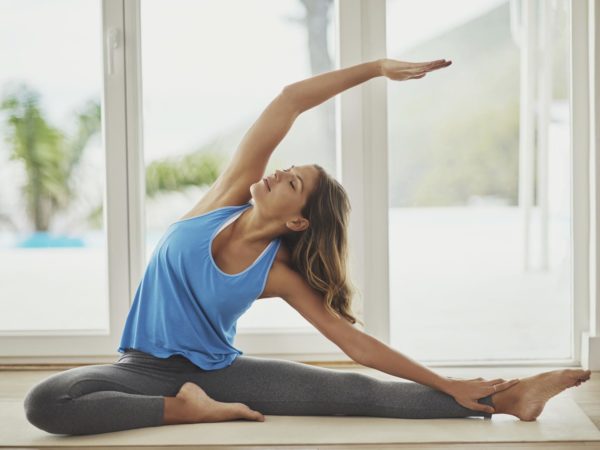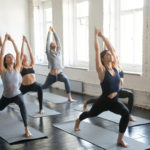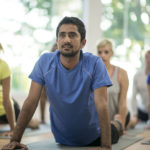Yoga: More Than A Workout

Yoga does much more for the body than just stretch muscles, but since most beginners will experience stretching as the main sensation, I will mention it here. In India this ancient science is a philosophical-religious system for attaining unity of consciousness. The physical aspect of it, known as hatha yoga, includes a number of asanas or poses. These are what most of us think of when we hear the word yoga, and these are what most yoga instructors in the West teach. In the larger context the yoga asanas are intended to facilitate concentration and meditation by quieting the body and nervous system. They are not meant to be an end in themselves, since it is possible to become very proficient at the postures without making any progress at the more important job of learning to still the mind.
You can learn yoga from books, but it is easier to learn it from a teacher. Yoga classes are widely available through health clubs, community centers, and universities. You can practice on your own once you learn the basics, and you do not need to spend any specified amount of time at it.
Looked at only as a very structured form of nonaerobic stretching exercise, yoga offers a number of advantages. It is an excellent muscle toner that balances all parts of the body. It increases flexibility and is a good practice for anyone with chronic back pain. In addition to promoting muscular health, yoga has definite beneficial effects on the nervous system. It leads to deep relaxation and is a powerful stress reducer and is used as a relaxation technique. You can learn to do yoga at any age. Children who take it up can easily become as skillful as adults. For older people it is a great nonaerobic conditioner. For anyone yoga is a wonderful complement to the aerobic routines I have described above.
I have seen some cases of joint problems from the overenthusiastic practice of yoga. Certain postures can stress the neck, knees, and lower back if you do them too strenuously or hold them for too long, especially if you do not increase your flexibility slowly through gradual practice. One man who returned from a stay with a yoga master in India reported that his teacher forcibly bent him into difficult asanas, leaned on him with full weight to increase the strain, and even jumped on top of him while he was posing. These techniques gave him a great deal of pain at the time and left him with a great deal more pain for a long time after he left India. With yoga, as with any form of exercise, you must listen to your body. If you notice that one posture gives you persistent pain, stop doing it.
Recently some unusual forms of yoga have appeared in the West that are much more dynamic and strenuous than hatha yoga. Kundalini and ashtanga yoga both emphasize vigorous movement as well as difficult poses. They are more stimulating than relaxing and, in my opinion, are not for beginners. Iyengar yoga, which uses props to assist in maintaining postures, is very popular, as is Bikram yoga, done in heated rooms to make the muscles more elastic.
Yoga has definitely penetrated our society. It is everywhere now, done by people of all ages and backgrounds. I am delighted by this development. Yoga is one of the best forms of nonaerobic exercise that can improve muscle tone, flexibility, and balance. And whether people go into for that reason or not, it will also make them calmer and more balanced emotionally and spiritually.
Read more articles and information on yoga in the Exercise & Fitness section.













